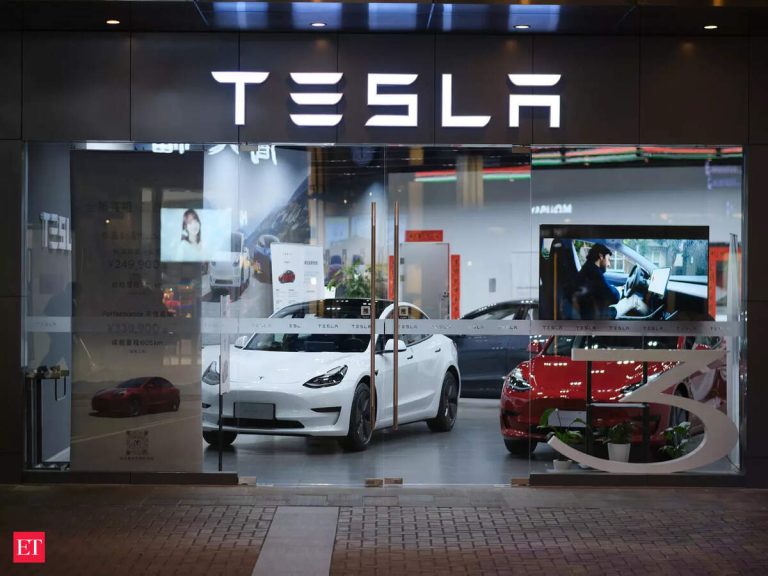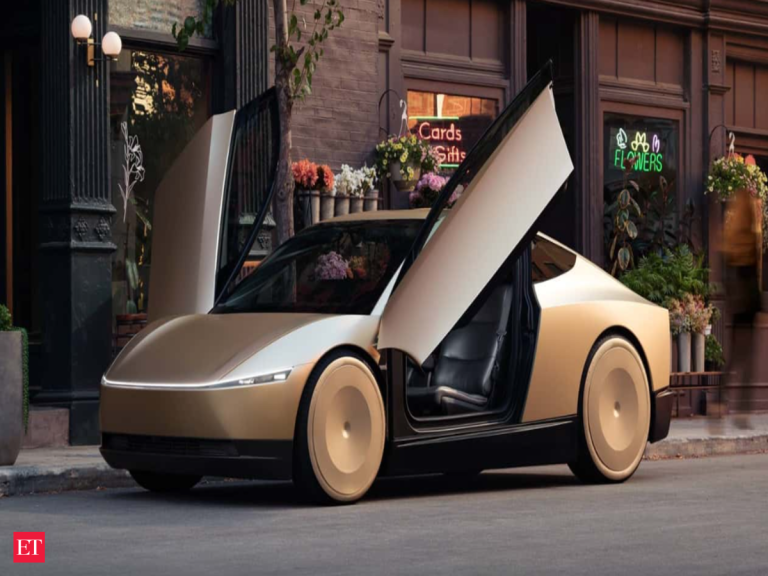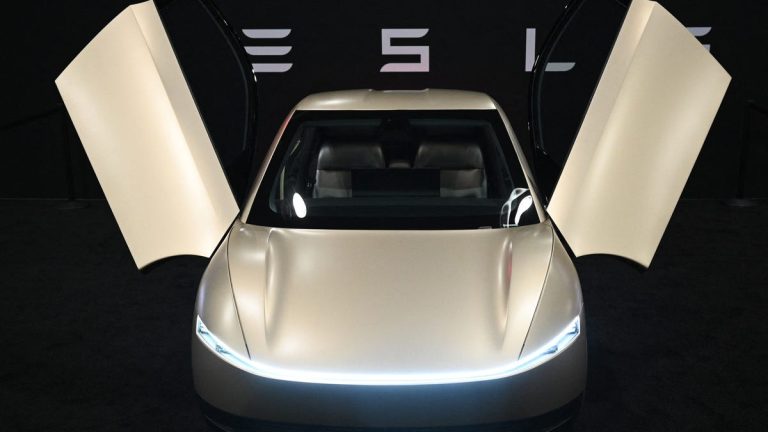
Smart Homes 2025: The Rise of Smart Homes 2025: The Rise of AI-Driven Devices
The concept of smart homes has been around for several years, but it’s only recently that we’ve seen a significant surge in the adoption of AI-driven devices. As we move into 2025, it’s clear that smart homes are no longer just a luxury, but a necessity. With the rise of AI-driven devices, our homes are becoming more efficient, convenient, and comfortable.
The Evolution of Smart Homes

Smart homes have come a long way since the introduction of basic home automation systems. Today, we have a wide range of AI-driven devices that can control everything from lighting and temperature to security and entertainment. These devices are not only making our lives easier but also providing us with a more sustainable and energy-efficient way of living.
One of the key factors driving the growth of smart homes is the increasing demand for convenience and comfort. With the rise of smart speakers and virtual assistants, homeowners can now control their devices with just their voice. This has led to a significant increase in the adoption of smart home devices, with many manufacturers now incorporating AI technology into their products.
The Benefits of AI-Driven Devices
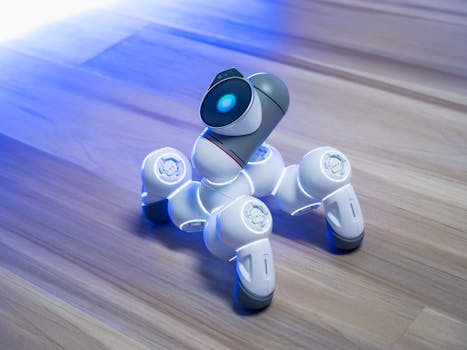
So, what are the benefits of AI-driven devices in smart homes? For starters, they provide a more personalized experience for homeowners. By learning a homeowner’s preferences and habits, AI-driven devices can adjust lighting, temperature, and entertainment settings to create a more comfortable and enjoyable living environment.
AI-driven devices also provide a more efficient way of managing energy consumption. By monitoring energy usage and adjusting settings accordingly, homeowners can reduce their energy bills and minimize their carbon footprint. Additionally, AI-driven devices can detect potential issues before they become major problems, reducing maintenance costs and extending the lifespan of devices.
Popular AI-Driven Devices for Smart Homes
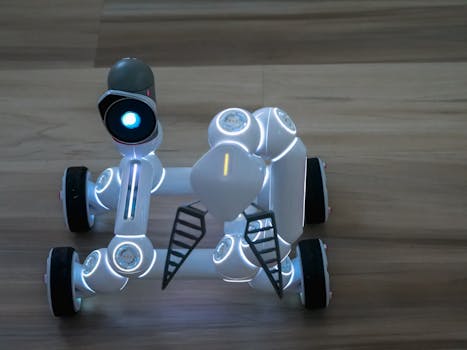
There are many AI-driven devices available for smart homes, each with its unique features and benefits. Some popular devices include:
- Smart thermostats that learn a homeowner’s schedule and preferences to optimize heating and cooling
- Smart lighting systems that adjust brightness and color based on the time of day and activity
- Smart security cameras that use facial recognition and motion detection to provide enhanced security
- Smart speakers that control multiple devices and provide news, weather, and entertainment updates
The Future of Smart Homes
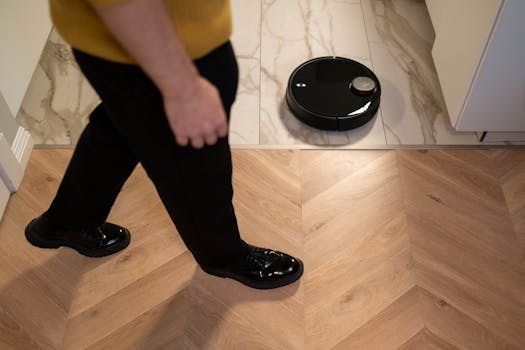
As we look to the future, it’s clear that smart homes will continue to play a major role in our lives. With the rise of 5G networks and the Internet of Things (IoT), we can expect to see even more innovative and interconnected devices. From smart appliances to smart furniture, the possibilities are endless.
However, as with any new technology, there are also concerns about privacy and security. As smart homes become more connected, there is a greater risk of hacking and data breaches. Homeowners must take steps to protect their devices and data, such as using strong passwords and keeping software up to date.
Conclusion
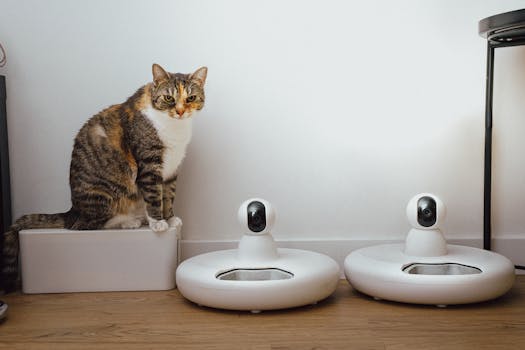
In conclusion, the rise of AI-driven devices is transforming the smart home industry. With their ability to learn and adapt to a homeowner’s preferences and habits, these devices are providing a more personalized and efficient way of living. As we move into 2025 and beyond, it’s clear that smart homes will continue to play a major role in our lives, providing us with a more comfortable, convenient, and sustainable way of living.




